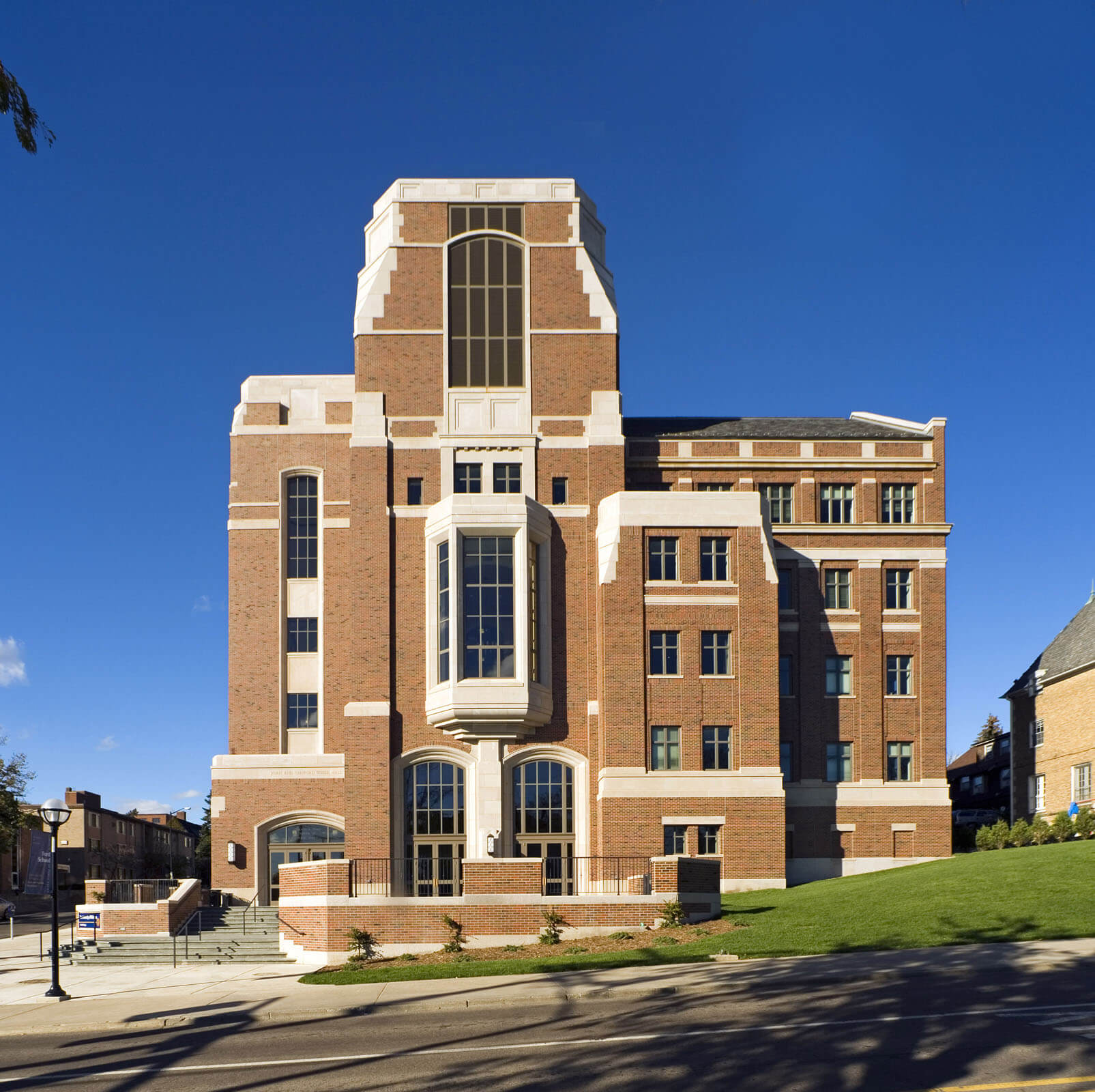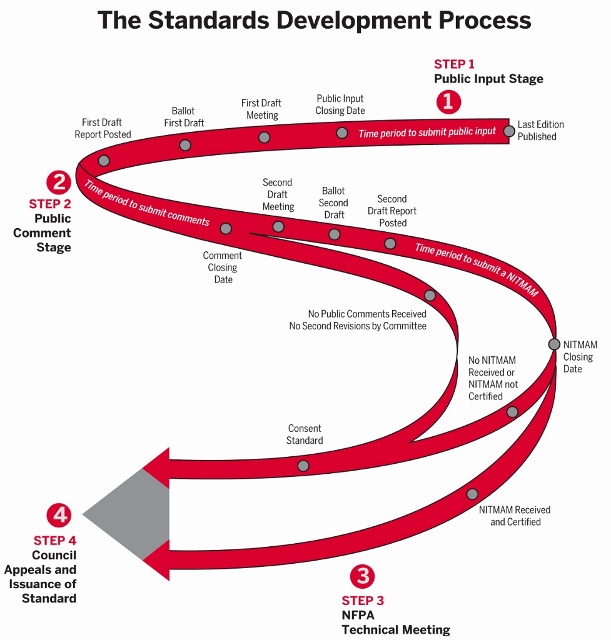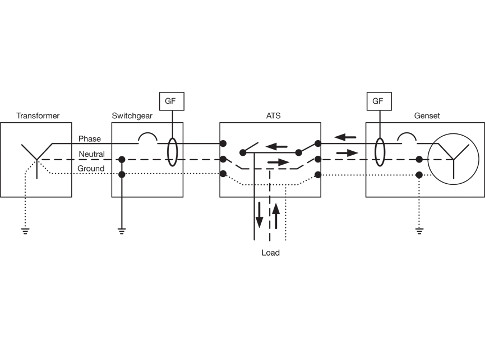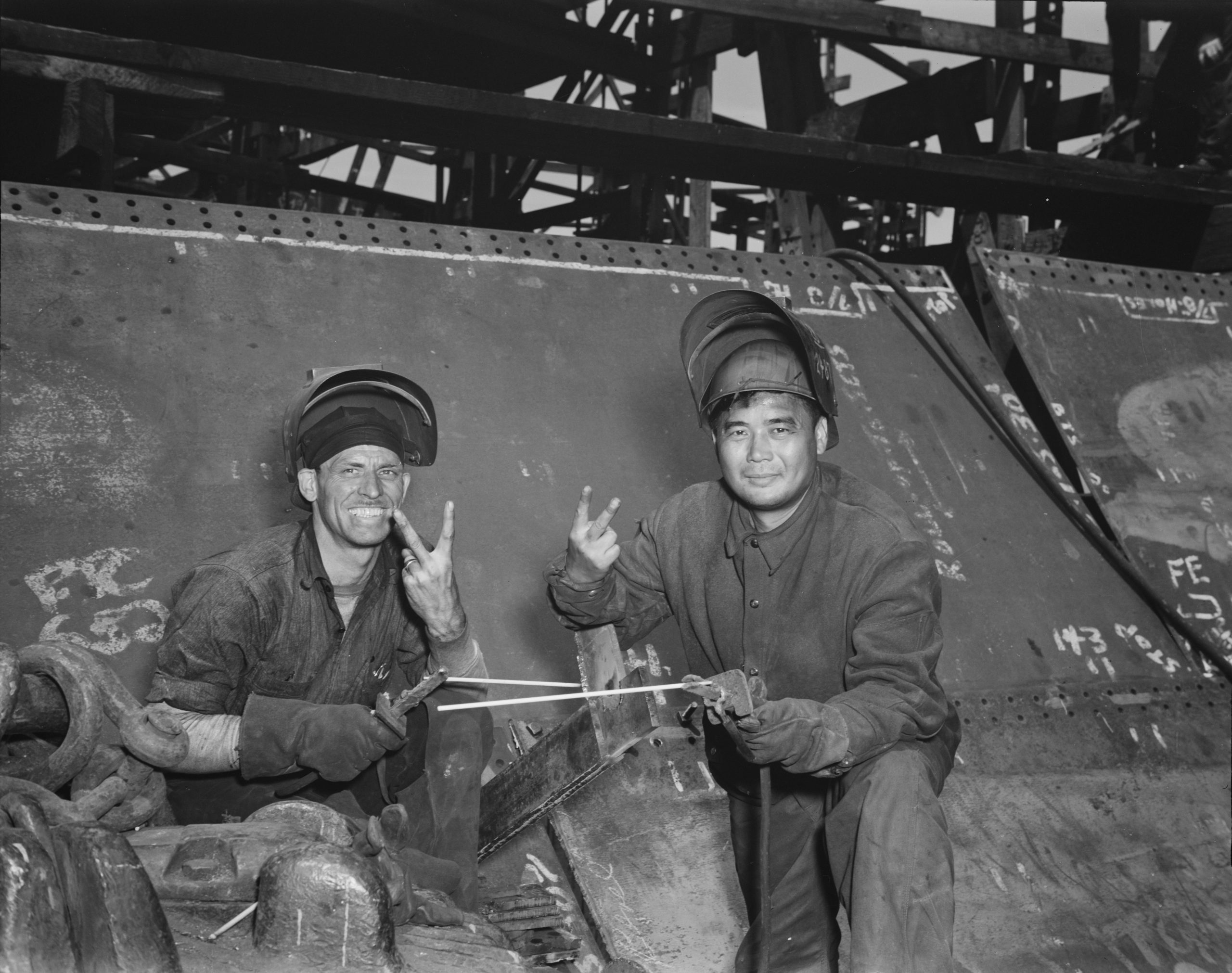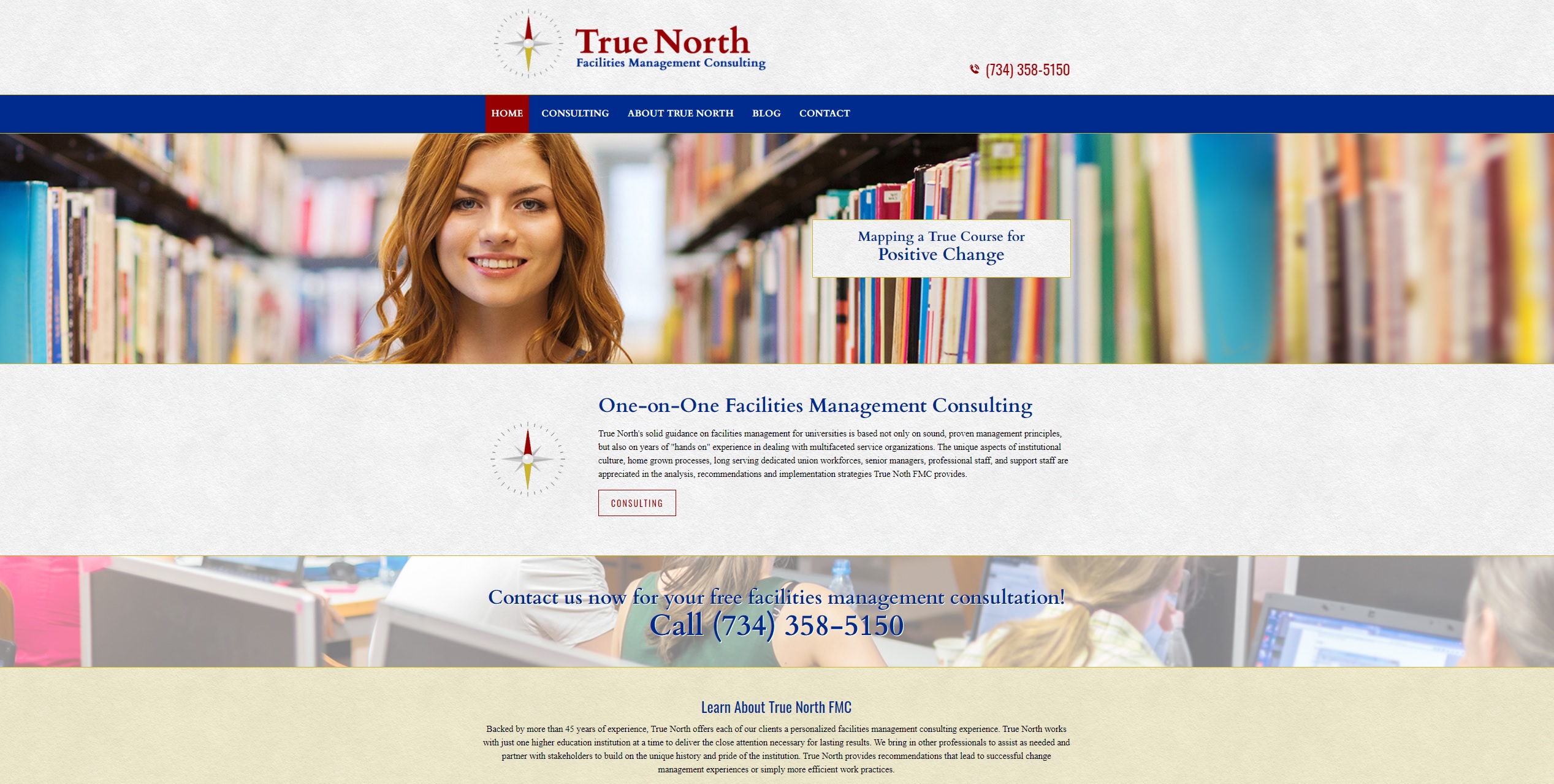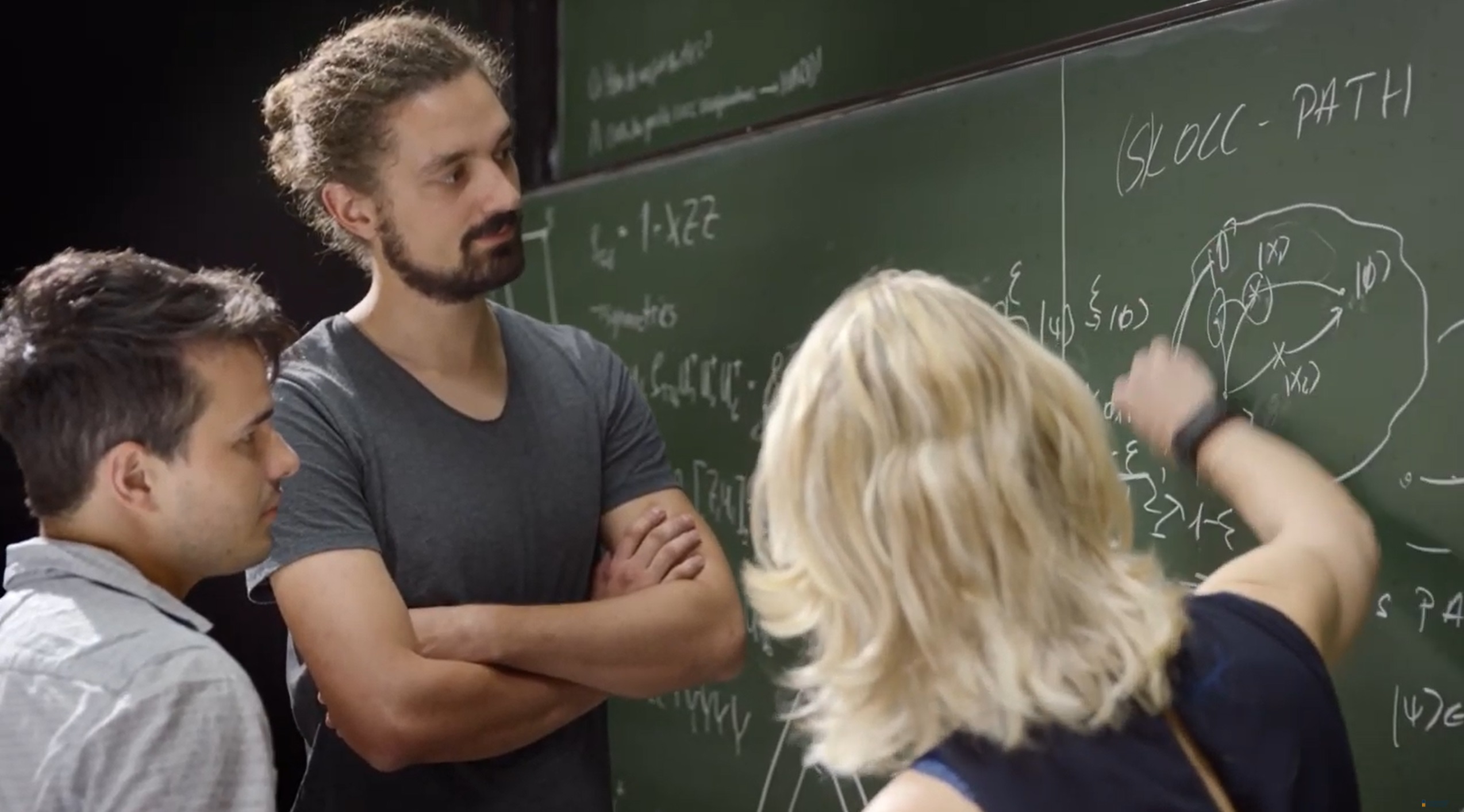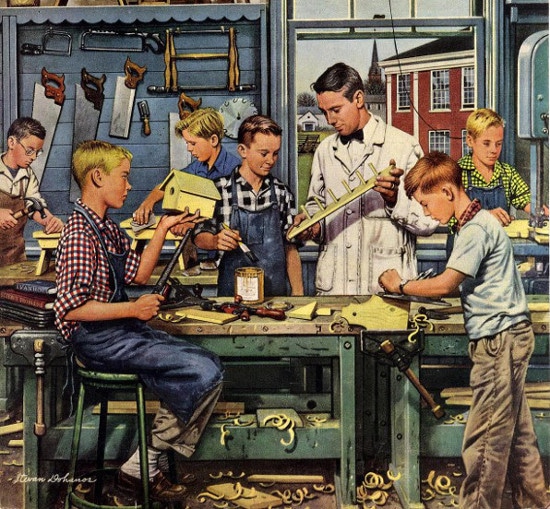Today at the usual hour we review the switch assemblies commonly found in educational settings for sustaining power continuity. This technology can be viewed as a system of devices or as an assembly of equipment. Use the login credentials at the upper right of our home page.
2026 National Electrical Code CMP-15 Public Input Transcript | Article 517.30- Sources of Power
2026 National Electrical Code CMP-15 Public Comment Transcript | Article 517.30- Sources of Power
Electrical transfer equipment refers to devices and systems used to transfer electrical power from one source to another, ensuring a continuous and reliable power supply. This equipment is essential in various applications, including residential, commercial, and industrial settings.
Some common types of electrical transfer equipment include:
- Automatic Transfer Switch (ATS):
- Automatically transfers the load from the primary power source to a backup power source (such as a generator) during a power outage.
- Ensures continuous power supply without manual intervention.
- Manual Transfer Switch (MTS):
- Requires manual operation to transfer the load from the primary power source to a backup power source.
- Used in situations where automatic transfer is not necessary or desired.
- Static Transfer Switch (STS):
- Uses solid-state components to transfer the load between two power sources without any mechanical movement.
- Provides fast and reliable power transfer, often used in data centers and critical applications.
- Bypass Isolation Transfer Switch:
- Allows maintenance or testing of the transfer switch without interrupting the power supply to the load.
- Provides a bypass path for the power during maintenance.
- Load Transfer Panels:
- Distributes power from multiple sources to various loads, managing the transfer of power to ensure stability and reliability.
- Generator Transfer Switch:
- Specifically designed for transferring power between the utility grid and a generator.
- Ensures that the generator can supply power during outages and isolates it when the main power is restored.
- Dual Power Automatic Transfer Switch (DPATS):
- Used in systems with dual power sources to automatically transfer the load between them.
- Ensures redundancy and reliability in power supply.
These devices are crucial in maintaining the stability and reliability of power systems, especially in environments where power continuity is critical, such as hospitals, data centers, and industrial facilities.
FREE ACCESS: NATIONAL ELECTRICAL CODE
The National Electrical Code covers Uninterruptible Power Supplies primarily in Article 480, titled “Storage Batteries,” and Article 700, titled “Emergency Systems.”
Here are the relevant sections:
- Article 480 – Storage Batteries: This article addresses the installation and maintenance of batteries, including those used in UPS systems. It provides guidelines for battery enclosures, ventilation, and connections to ensure safe operation.
- Article 700 – Emergency Systems: While this article focuses on emergency power systems, it includes provisions that can apply to UPS systems used as part of these systems. It covers installation, maintenance, and operational requirements to ensure reliable emergency power.
- Article 701 – Legally Required Standby Systems: Similar to Article 700, this article covers systems that must provide power during emergencies but may not require the same level of reliability. UPS systems used in these applications must comply with the relevant provisions.
- Article 702 – Optional Standby Systems: This article covers standby power systems that are not legally required but are installed for convenience or operational continuity. It includes guidelines for the installation and maintenance of UPS systems used in these applications.
- Article 705 – Interconnected Electric Power Production Sources: This article provides guidelines for systems that include UPS as part of interconnected power sources, such as those in renewable energy setups.
- Article 708 – Critical Operations Power Systems (COPS): This article addresses power systems required to support critical operations. UPS systems used in these applications must meet stringent reliability and operational requirements.
For specific details, refer to the current edition of the NEC as it contains the exact language and requirements for compliance.




